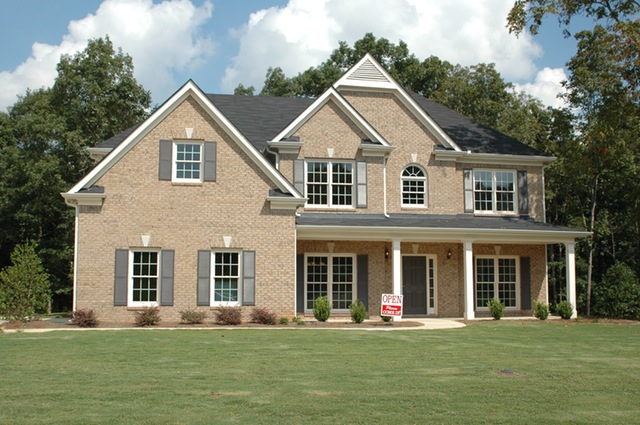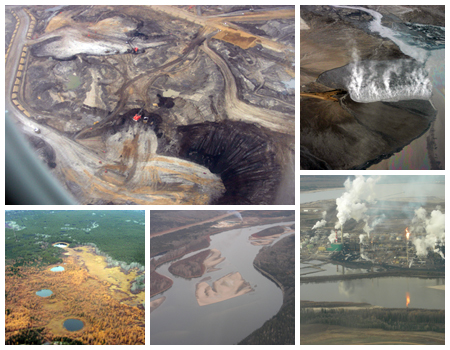Recently Deloitte, a firm that provides auditing, tax, consulting, financial advising, and risk management services, published its 2013 outlook on the commercial real estate sector and outlined the top 10 issues they felt are affecting the industry. In this post, my focus will be on the issue of sustainability in commercial real estate. I’m particularly excited about this post because increasing sustainability in development is a topic that I find exceptionally intriguing. So do many others according to the Deloitte study, which noted that “Environmental sustainability performance in real estate is of significant interest to many, as buildings in the U.S. account for nearly 41.0 percent of energy use, 73.0 percent of electricity consumption, 13.6 percent of potable water usage, and 38.0 percent of greenhouse gas (GHG) emissions.”[1]
With statistics like that, it’s encouraging to learn from the Deloitte report that government planning and zoning departments generally expect sustainability initiatives to be incorporated into development plans.[1] (We’ve observed the same trend in our work with local government agencies.) Many commercial real estate businesses are already successfully incorporating sustainable development practices into their new projects. For instance, Jones Lang LaSalle reported that in 2011 their green initiatives saved their clients $105 million in energy costs while reducing greenhouse gas emissions by 587,000 tons.[2] Accordingly, a 2011 study by Eichholtz, Kok, and Quigley found that green buildings are such a good investment that they remained significantly unaffected by downturns in the real estate market during the recession in comparison to other comparable high-quality property investments.[3]While commercial real estate mega-firms such as Jones Lang LaSalle are likely to have more available capital to invest in such endeavors and can more easily build these initiatives into their business model, I began to wonder, what does this mean for smaller commercial real estate firms?
To answer this question, my initial thoughts were that it is likely more difficult for smaller enterprises to get these types of projects started because investing in sustainable initiatives typically involves significant upfront costs. While firms typically end up saving money in the long run, it is these upfront costs that may deter smaller businesses from building green initiatives into their business models. To confirm my suspicions, I reviewed a study by International Facility Management Association (IFMA) that focused on the economics of sustainability in commercial real estate.[4] Although the study was from 2010, the general consensus was that the commercial real estate industry is generally reluctant to invest in green efficiencies because such investments are often higher risks, returns may not be realized prior to disposition of the asset, some even consider returns to be unproven, many owners do not have the capital to make necessary energy improvements, and sustainability improvements often come second to capital planning.
While there appear to be barriers to widespread sustainability initiatives in commercial real estate, the Deloitte study notes, “Players that take a leadership role and build a long-term sustainability strategy will likely gain a competitive advantage by creating tangible and intangible (brand) value.”[5] In other words, from a marketing perspective, as consumers become even more aware of and concerned with sustainability issues, they will likely also begin to place more intrinsic value in companies that have already invested in sustainability than those who are latecomers to investing in these types of initiatives. The more intrinsic value consumers place in a company, the stronger that brand becomes. In fact, the IFMA study notes that many firms invest in energy efficiency as a means of improving corporate image. The study exposes that one caveat to this, however, is that it is difficult to know how much energy a building is actually using.[4]
To combat this issue, disclosure laws are beginning to be enacted in various areas across the country so that Energy Star ratings are more transparent to buyers and renters in the commercial real estate market.[4] The study notes, “With energy disclosure, tenants and buyers will become informed in making decisions about the operational performance of a building, which may result in a higher valuation for energy efficient buildings.”[6] Accordingly, it seems that as energy ratings in real estate become more transparent, demand for buildings with high ratings will grow.
Consumer demand for green buildings in commercial real estate has already become so strong that approximately one-third of the commercial property construction in 2010 was construction of green buildings, thus hinting that sustainability in commercial real estate is becoming more mainstream, as discussed in a March 2012 Forbesarticle.[7] The graphic in this blog post shows the growth of total Leadership in Energy and Environmental Design (LEED) certified projects[8] and projects registered for LEED certification across the United States from 2004 forward.[9] This clearly illustrates how demand has started to grow exponentially for green buildings in recent years. For these reasons, in the coming years it will be exciting to observe how sustainability initiatives will influence commercial real estate and how easily they will be integrated into commercial real estate practices.
– Abigail Mooney






Recent Comments